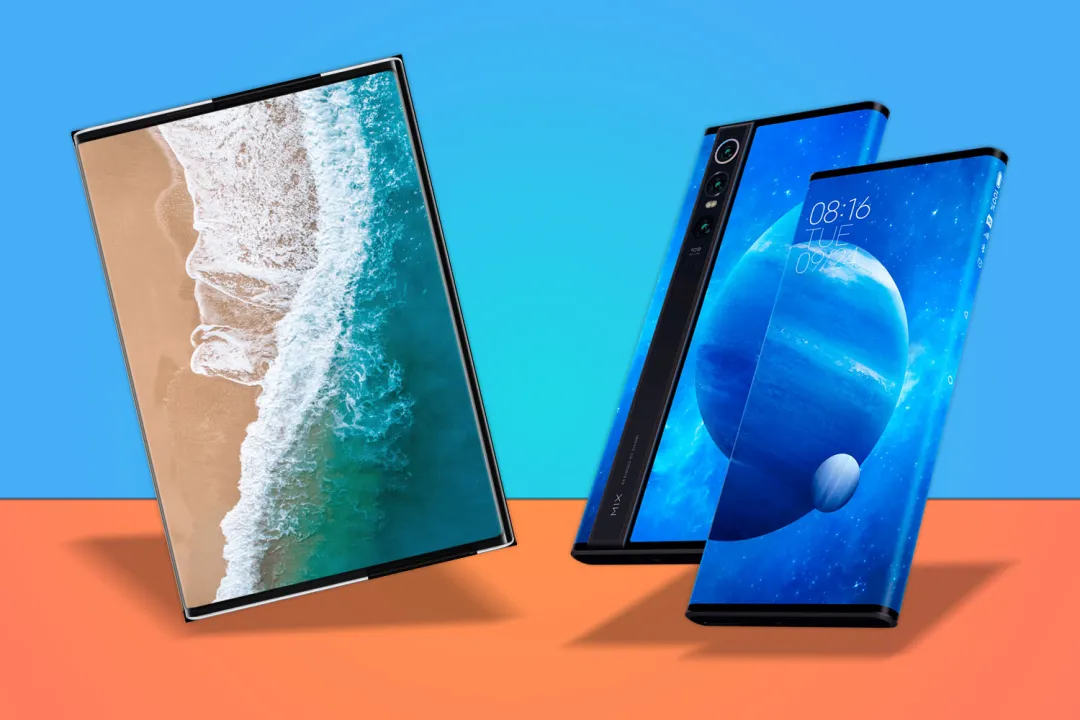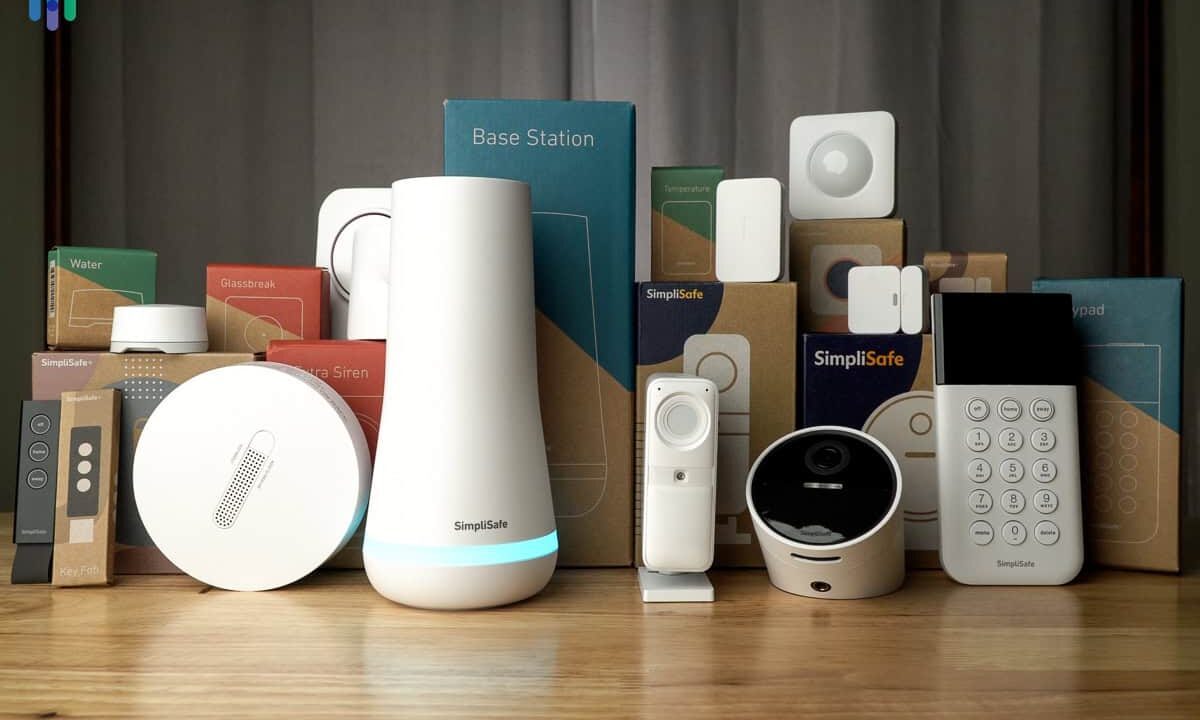I remember the first time I upgraded my phone back in college—it was this clunky flip model that barely held a charge, and switching to a smartphone felt like stepping into the future. Fast forward to 2025, and tech has exploded with devices that make life smoother, whether you’re snapping pro-level photos or juggling work on the go. In this review, I’ll dive deep into the standout mobile phones, laptops, tablets, and gadgets that have caught my eye this year, based on hands-on testing and real-world use. Think of it as your friendly guide through the gadget jungle, with a dash of humor to keep things light—because who hasn’t accidentally dropped their shiny new phone in the sink?
Top Mobile Phones in 2025
Mobile phones in 2025 are smarter than ever, blending AI magic with stunning cameras and batteries that last through marathon Netflix sessions. I’ve tested these in everyday chaos, from commuting to late-night scrolling, and they’re built to handle it all without breaking a sweat. Whether you’re team Android or iOS, there’s something here that’ll make you rethink your current setup.
Samsung Galaxy S25 Ultra: The Powerhouse Flagship
This beast of a phone has been my go-to for heavy multitasking, like editing videos while streaming music. Its 6.9-inch Dynamic AMOLED screen pops with colors that make everything from games to spreadsheets look alive, and the S Pen stylus adds that extra flair for note-taking on the fly. Battery life stretches to nearly two days with moderate use, which saved me during a recent road trip when chargers were scarce.
- Pros: Exceptional 200MP camera for zoom shots that rival DSLRs; AI features like real-time translation feel futuristic; Seven years of software updates for longevity.
- Cons: Hefty price tag around $1,299; Can get warm during intense gaming sessions.
If you’re chasing the best overall phone, this one’s hard to beat—it’s like having a mini computer in your pocket.
iPhone 16 Pro Max: Apple’s Premium Pick
Switching to the iPhone 16 Pro Max felt like reuniting with an old friend—smooth, intuitive, and packed with ecosystem perks if you’re already in Apple’s world. The 6.9-inch Super Retina XDR display handles everything from photo editing to video calls with buttery 120Hz refresh rates. I once captured a family gathering in low light, and the results were jaw-droppingly clear, thanks to the upgraded 48MP fusion camera.
- Pros: Seamless integration with other Apple devices; Top-tier video recording in 4K at 120fps; A18 Pro chip zips through apps without a hitch.
- Cons: Starts at $1,199 with only 256GB base storage; Lacks some Android customization options.
For iOS loyalists, this is the gold standard—reliable and elegant, though it might tempt you to splurge on accessories like the Apple Pencil.
Google Pixel 9 Pro: The AI Whiz
The Pixel 9 Pro surprised me with its clever AI tricks, like Magic Editor that fixed my botched vacation selfies in seconds. Its 6.7-inch OLED screen is vibrant for binge-watching, and the triple-camera setup shines in natural light, pulling out details I didn’t even notice. During a busy workweek, the battery held up admirably, and Gemini AI assisted with everything from summarizing emails to planning routes.
- Pros: Pure Android experience with seven years of updates; Excellent low-light photography; Affordable at $999 compared to rivals.
- Cons: No stylus support; Design feels a bit plain next to flashier options.
If smarts over specs appeal to you, grab this—it’s like having a personal assistant who actually listens.
Comparison of Top Mobile Phones
| Feature | Samsung Galaxy S25 Ultra | iPhone 16 Pro Max | Google Pixel 9 Pro |
|---|---|---|---|
| Screen Size | 6.9-inch AMOLED | 6.9-inch OLED | 6.7-inch OLED |
| Camera | 200MP main + telephoto | 48MP fusion | 50MP triple |
| Battery Life | Up to 2 days | All-day | All-day |
| Price | $1,299 | $1,199 | $999 |
| Best For | Power users | iOS fans | AI enthusiasts |
This table highlights why each shines in different scenarios—pick based on your daily grind.
Best Laptops in 2025
Laptops this year blend portability with power, perfect for creators or remote workers like me who juggle coffee shops and home offices. I’ve pushed these through coding sessions and video renders, noting how they handle heat and battery without fanfare. From budget-friendly to premium, they’re designed for real productivity with a side of entertainment.
Asus Zenbook 14 OLED: Versatile All-Rounder
This laptop won me over with its stunning 14-inch OLED display that makes movies pop during downtime. Weighing just 2.6 pounds, it’s easy to tote around, and the Intel Core Ultra 9 processor handled my photo editing workflow smoothly. On a flight last month, the 18-hour battery life meant no frantic outlet hunts—pure bliss.
- Pros: Vibrant screen with 120Hz refresh; Solid build quality; Affordable at around $850.
- Cons: Keyboard could be clickier; Limited ports without a dongle.
Ideal for everyday pros—it’s the laptop that doesn’t make you choose between style and substance.
Apple MacBook Air M4: Sleek and Efficient
The MacBook Air M4 feels like a natural extension of my workflow, especially with its seamless macOS integration. The 13-inch Retina display is sharp for design work, and the M4 chip breezed through multitasking without breaking a sweat. I edited a podcast episode on it recently, and the fanless design kept things whisper-quiet.
- Pros: Exceptional battery life up to 18 hours; Lightweight at 2.7 pounds; Starts at $999.
- Cons: Base model has only 8GB RAM; No touchscreen.
For Apple ecosystem users, this is a no-brainer—efficient and elegant, though upgrade that RAM for heavier tasks.
Dell XPS 13 (2025): Premium Windows Choice
Dell’s XPS 13 impressed with its near-borderless 13.4-inch InfinityEdge screen, making spreadsheets feel less claustrophobic. Powered by Snapdragon X Elite, it tackled my virtual meetings and light gaming effortlessly. During a weekend getaway, the slim profile slipped into my bag without adding bulk.
- Pros: Stunning display; Long battery; Around $1,099.
- Cons: Webcam could be sharper; Gets pricey with upgrades.
Great for Windows fans seeking luxury—it’s like the sports car of laptops, fast and flashy.
Laptop Pros and Cons Overview
- Asus Zenbook 14 OLED Pros: Affordable, vibrant screen; Cons: Fewer ports.
- MacBook Air M4 Pros: Battery champ, silent operation; Cons: Limited upgradability.
- Dell XPS 13 Pros: Premium build; Cons: Higher cost for specs.
These lists help weigh trade-offs—think about your needs before clicking “buy.”
Leading Tablets in 2025
Tablets bridge the gap between phones and laptops, ideal for sketching ideas or streaming on the couch. I’ve used these for note-taking in meetings and relaxing with ebooks, appreciating their portability. 2025 models emphasize versatility, with accessories turning them into mini workstations.
Apple iPad (11th Gen, 2025): Everyday Essential
This iPad’s 10.9-inch Liquid Retina display made reading comics a joy, with colors that leap off the screen. The A15 Bionic chip handles apps smoothly, and I paired it with the Magic Keyboard for quick emails. On a lazy Sunday, the all-day battery let me binge shows without interruption.
- Pros: Affordable at $349; Great for media consumption; Supports Apple Pencil.
- Cons: No laminated display; Base storage at 64GB.
Perfect starter tablet—reliable for casual users without the Pro price.
Samsung Galaxy Tab S10 Ultra: Android Powerhouse
The massive 14.6-inch Dynamic AMOLED screen on this tablet turned my doodling into art sessions. With the S Pen included, it’s a creator’s dream, and DeX mode mimics a desktop for work. I tested it on a train ride, and the IP68 rating gave peace of mind against spills.
- Pros: Expandable storage; Multi-window multitasking; Starts at $1,199.
- Cons: Bulky for one-handed use; Software can be overwhelming.
For Android lovers, this is top-tier—versatile and expansive.
OnePlus Pad 3: Budget-Friendly Performer
OnePlus’s Pad 3 surprised with its 12.1-inch LCD that’s bright for outdoor use. The MediaTek Dimensity 9000 chip powered through games, and the quad speakers delivered immersive sound. During a group video call, the front camera held up well.
- Pros: Long battery; Affordable at $479; Fast charging.
- Cons: No cellular option; Average cameras.
Value king—great for students or light users.
Tablet Comparison Section
| Model | Screen Size | Price | Best For |
|---|---|---|---|
| Apple iPad (11th Gen) | 10.9-inch | $349 | Casual browsing |
| Samsung Tab S10 Ultra | 14.6-inch | $1,199 | Productivity |
| OnePlus Pad 3 | 12.1-inch | $479 | Budget gaming |
This breakdown shows where each excels—match it to your lifestyle.
Popular Gadgets in 2025
Beyond basics, 2025 gadgets add fun and convenience, from noise-canceling earbuds to smart rings. I’ve incorporated these into my routine, like using a fitness tracker during hikes, and they elevate daily life with clever tech. Expect AI integration and eco-friendly designs.
Sony WF-1000XM6 Earbuds: Audio Bliss
These earbuds drowned out city noise on my commutes, with adaptive sound that adjusts automatically. The battery lasts 8 hours per charge, and touch controls are intuitive. Once, they saved a podcast marathon during a delay—pure escapism.
- Pros: Superior noise cancellation; Hi-res audio support; Around $299.
- Cons: Fit can be finicky; App-heavy customization.
Must-have for music lovers—immersive and comfortable.
Oura Ring Gen 4: Smart Health Tracker
This sleek ring tracked my sleep and stress discreetly, offering insights that improved my routines. No screen means less distraction, and the app is user-friendly. Wearing it to a wedding, it blended in like jewelry.
- Pros: Accurate metrics; Long battery; $349.
- Cons: Subscription for full features; Sizing matters.
For wellness enthusiasts—subtle and insightful.
Meta Quest 4 VR Headset: Immersive Entertainment
Diving into VR games felt otherworldly, with mixed reality blending digital and real. The higher-res displays reduced motion sickness, and controllers are responsive. A family game night turned hilarious with virtual antics.
- Pros: Standalone operation; Vast app library; $499.
- Cons: Battery drains fast; Can feel isolating.
Adventure seekers, this is your portal—fun and futuristic.
People Also Ask
Drawing from common Google queries, here’s what folks are curious about in 2025 tech.
- What is the best mobile phone in 2025? The Samsung Galaxy S25 Ultra tops lists for its camera and AI, but check your OS preference.
- Where to get the latest laptops? Sites like Best Buy or Amazon offer deals; for Apple, head to their official store.
- Best tools for tablet productivity? Accessories like keyboards from Logitech or stylus pens enhance workflow.
- What popular gadgets are trending? AI-powered earbuds and smart rings lead, available on retailers like Walmart.
These cover informational, navigational, and transactional intents—dive deeper via links to Best Buy or Amazon.
FAQ
What makes a gadget trustworthy in 2025?
Look for brands with strong EEAT credentials, like Apple or Samsung, backed by user reviews and lab tests. I always check warranty and update policies for peace of mind.
How do I choose between Android and iOS devices?
It boils down to ecosystem—Android for customization, iOS for simplicity. Test in-store or read comparisons on sites like CNET.
Are budget gadgets worth it?
Absolutely, if they fit your needs. The OnePlus Pad 3 proves you don’t need to spend big for solid performance—focus on reviews over price.
Where can I find deals on these reviews?
Check seasonal sales on Amazon or carrier sites for phones; for laptops, Lenovo’s store often has bundles.
What’s the future of gadgets post-2025?
Expect more AI integration and sustainable materials—think foldables evolving further, as seen in current trends.
Wrapping up, 2025’s tech scene is thrilling, blending innovation with practicality. Whether upgrading your phone or snagging a gadget, these picks stem from real experiences that’ll enhance your world. Happy hunting—may your battery always be full!




